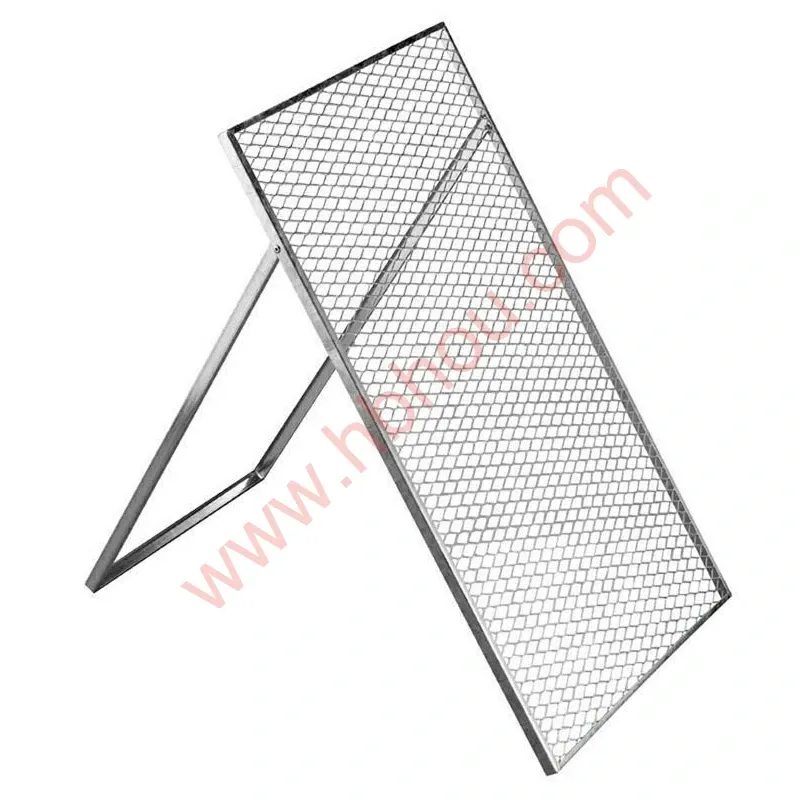Setting Up an Electric Fence A Comprehensive Guide
Electric fences are an effective solution for containing livestock, protecting gardens, and enhancing security. They serve as a deterrent to wandering animals and intruders while being relatively easy to install and maintain. This article will guide you through the essential steps and considerations necessary for setting up an electric fence.
Understanding Electric Fences
Before diving into the setup process, it’s important to understand the components of an electric fence. The primary elements include
1. Energizer This device powers the fence, sending pulses of electricity along the wire. Energizers can be solar-powered, battery-operated, or plugged into a power source.
2. Fence Posts These support the wire and can be made from wood, plastic, or metal. The type of post you select will depend on the intended use and the environment where the fence will be installed.
3. Wire Electric fence wire is available in various materials and gauges. Steel wire is common due to its conductivity and durability, while polywire is lighter and often used for temporary fencing.
4. Insulators These hold the electrified wire away from the posts and the ground to prevent short circuits.
5. Ground System A proper grounding system is crucial for the performance of your electric fence. This typically consists of grounding rods buried in the soil and connected to the energizer.
Step-by-Step Setup
1. Planning and Design Before installing your electric fence, plan its layout. Identify the area you wish to enclose and mark out the corners and any gates. Consider your purpose—whether for livestock, wildlife control, or security—and how tall and strong the fence needs to be.
electric fence set up

2. Gather Materials Once your design is finalized, gather all necessary materials. Make sure you have enough wire, posts, insulators, and grounding rods. It is generally a good idea to purchase extra materials in case of mistakes or weather damage during installation.
3. Install Fence Posts Begin by installing your fence posts at regular intervals. For a permanent fence, posts should be buried deep enough to withstand pressure, typically about 2-3 feet. Use concrete if necessary for added stability. Gates should also be installed at this stage to ensure easy access.
4. Attach Insulators Once the posts are in position, attach insulators to each post. The wire should be positioned high enough to deter animals while remaining accessible for maintenance.
5. Run the Wire Starting at the energizer, run the wire along the posts, threading it through the insulators. Make sure to keep the wire taut, as a loose fence loses efficacy. If using multiple strands, ensure each wire level is evenly spaced.
6. Set Up the Energizer Install the energizer according to the manufacturer’s instructions. If it’s solar-powered, select a sunny location. Connect the energizer to the fence wire and the ground system. Ensure that all connections are secure and insulated to avoid short circuits.
7. Grounding System Drive grounding rods into the earth, approximately 6-8 feet apart, depending on the soil moisture and type. Connect the grounding rods to the energizer using appropriate wires.
8. Test the Fence Once everything is connected, turn on the energizer and test the fence with a fence tester. This tool will help you gauge the voltage and ensure the fence is electrified properly. Check for any short circuits and make necessary adjustments.
9. Educate Users If others will be using or working near the fence, ensure they understand the risks involved and how the fence operates.
10. Regular Maintenance Inspect your electric fence regularly for wear and tear, vegetation growth that might short-circuit the system, and ensure the energizer is functioning correctly. Regular maintenance will prolong the life of your fence and its effectiveness.
Conclusion
Setting up an electric fence is a practical way to safeguard your property, livestock, or garden. By following these steps and paying attention to detail, you can create an efficient barrier that is both safe and effective. With proper planning and maintenance, your electric fence will serve you well for years to come.
















